RECOMMENDED VIDEOS

EcoInbat Sustainable Landscaping Solutions
Eco Inbat Landscaping

Best Eco Friendly Heat Reflective and Insulating Coating…
StarShield Technologies Pvt Ltd.

Hogo Kankyo Greenproducts: Ciralight Suntracker
Hogo Kankyo Greenproducts (M) Sdn Bhd

Painting a chair with Earthborn Eco Chic: Claypaint for…
Earthborn Paints

Markone International - Interior Studio Presents Eco friendly…
Markone International
Related Stories
‘House of Trash’ proves how waste can transform into beautiful home design
Whimsical park built of recycled materials pops up in Shanghai
Elevated bamboo peace bridge for the Korean Demilitarized Zone unveiled by Shigeru Ban and Jae-Eun Choi
Colossal cardboard temple pops up in Chiang Mai in just one day
“Cannabis walls” add warmth to this eco-friendly home in Israel
28 Nov, 2017
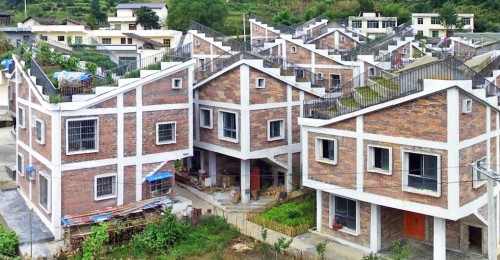
Green-roofed village shows a more sustainable way to rebuild after disasters
Green Building Materials, Construction & Design | CHINA | 27 Oct, 2017
Published by : Eco Media Asia
When the 8.0-magnitude Sichuan Earthquake devastated China in 2008, nearly 5 million people were left homeless. Rural Urban Framework, a non-profit research and design collaborative, saw construction in the wake of disaster as an opportunity to improve the lives of rural villagers through new building typologies. Their recently completed project, Jintai Village, is a socially and environmentally sustainable prototype for earthquake reconstruction that combines rooftop farming, biogas technologies, denser living, and local materials in a self-sufficient community.
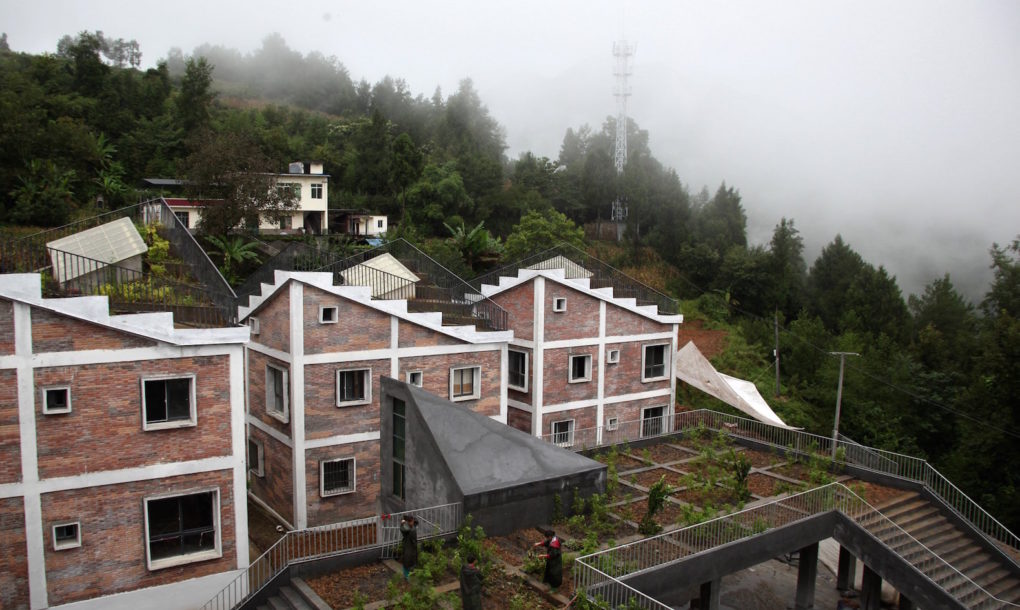
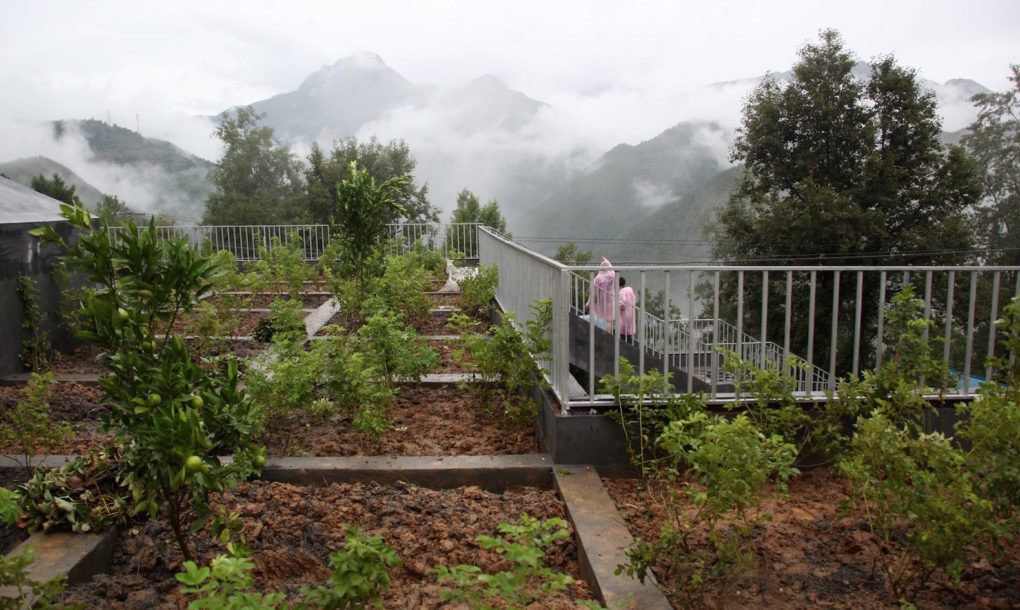
Developed with support from the local government and NGOs, the Jintai Village Reconstruction project was created as an alternative to the hundreds of thousands of homes rebuilt after the 2008 earthquake and as “an investigation into modern rural livelihood.” Unlike most rural developments, this 4,000-square-meter project takes cues from denser urban living by placing buildings closer together with narrow alleys in between. The architects developed four housing types—varying in size, function, and roof sections—in their total of 22 houses united by their use of brick facades, concrete frameworks, and terraced roofs where villagers can grow food. Natural ventilation, rainwater harvesting systems, and insulation made of straw are built into the homes.
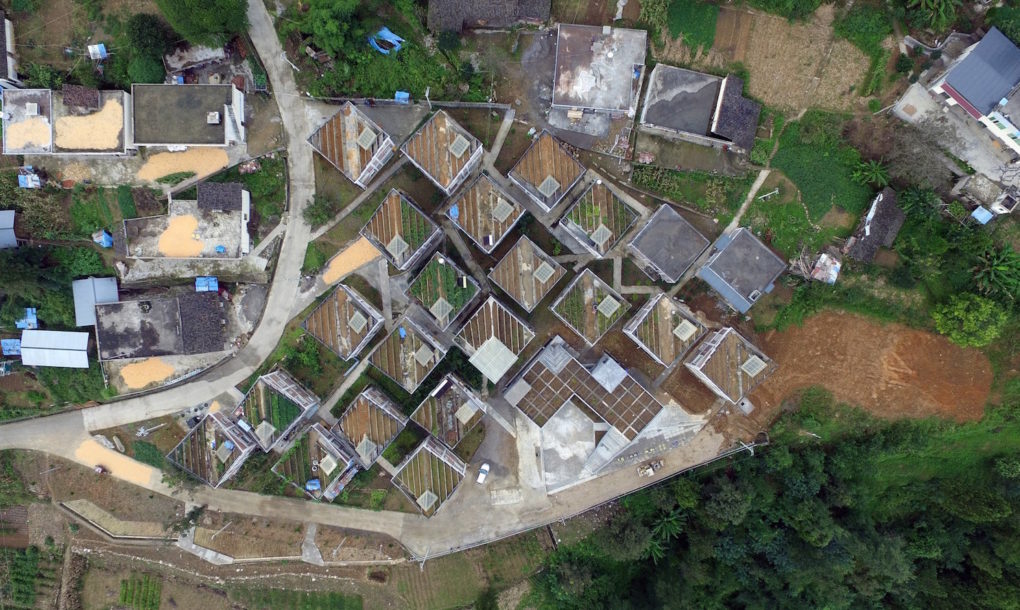
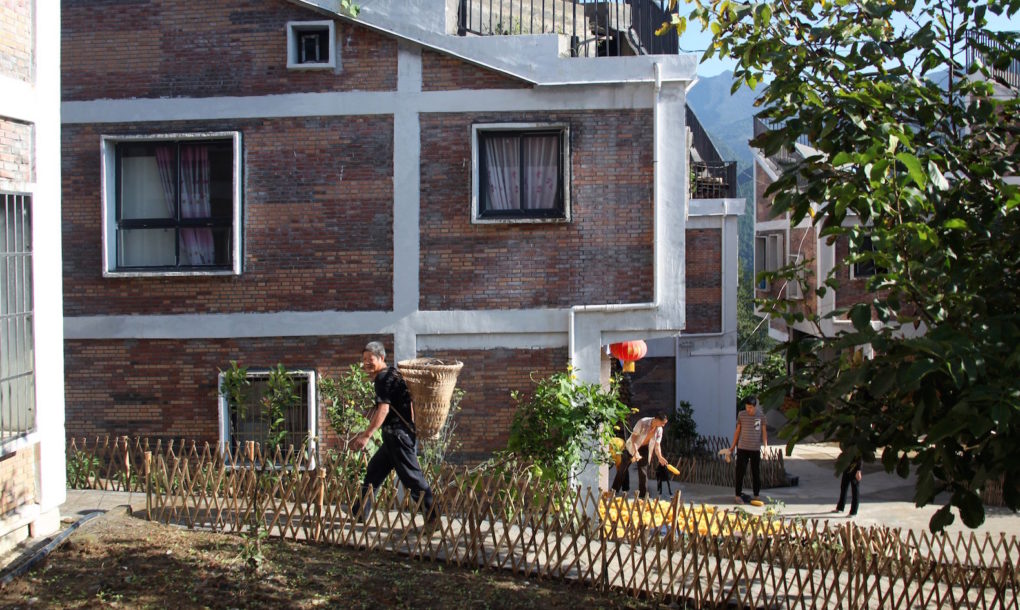
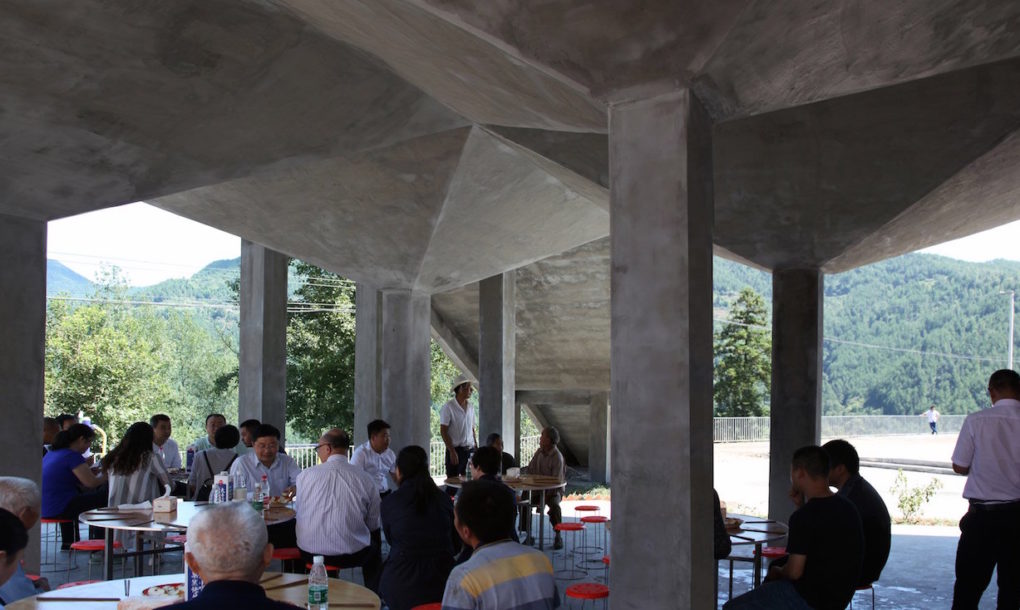
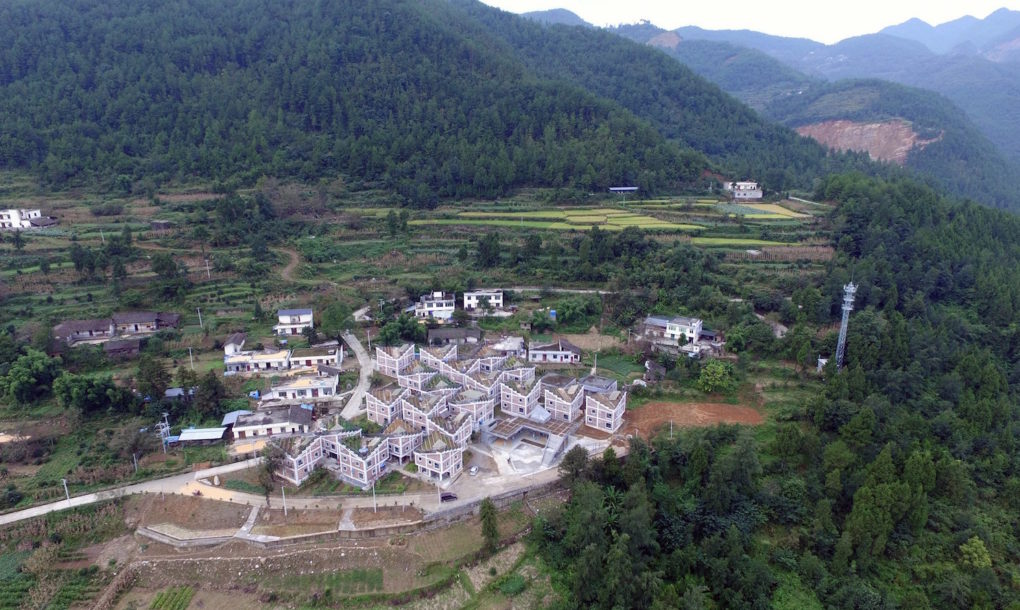
“By relating various programs of the village to an ecological cycle, environment responsiveness is heightened, transforming the village into a model for nearby areas,” said Rural Urban Framework to Dezeen. “Because the land available for house building is limited, the village combines dense urban living in a rural context.” The village also includes a concrete community center with space for growing vegetables on the roof. The humanitarian project was completed as part of the studio’s ongoing efforts to provide design services to charities and NGOs working in China.
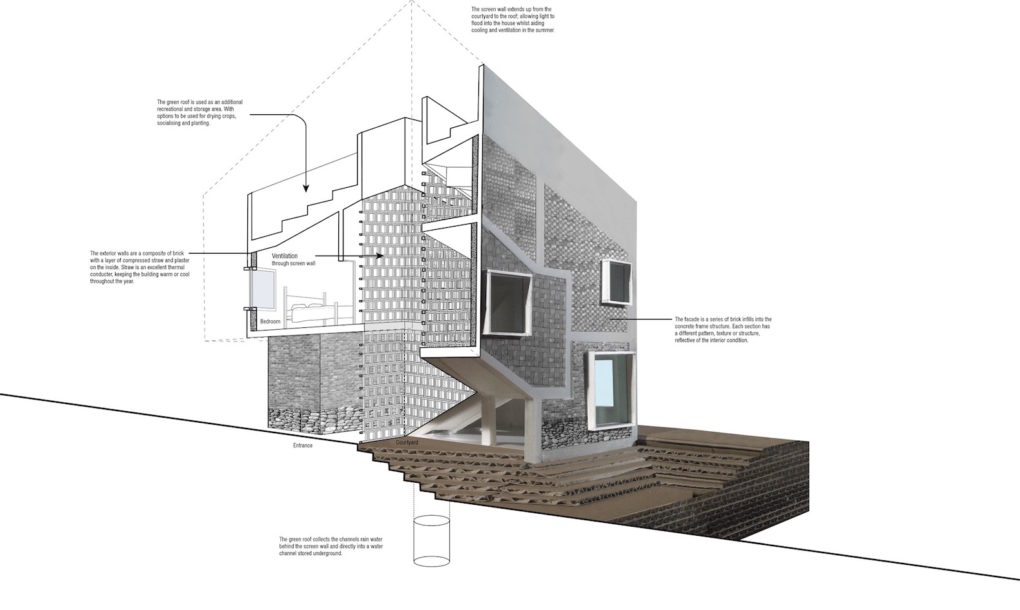
Article from inhabitat.com
by Lucy Wang
